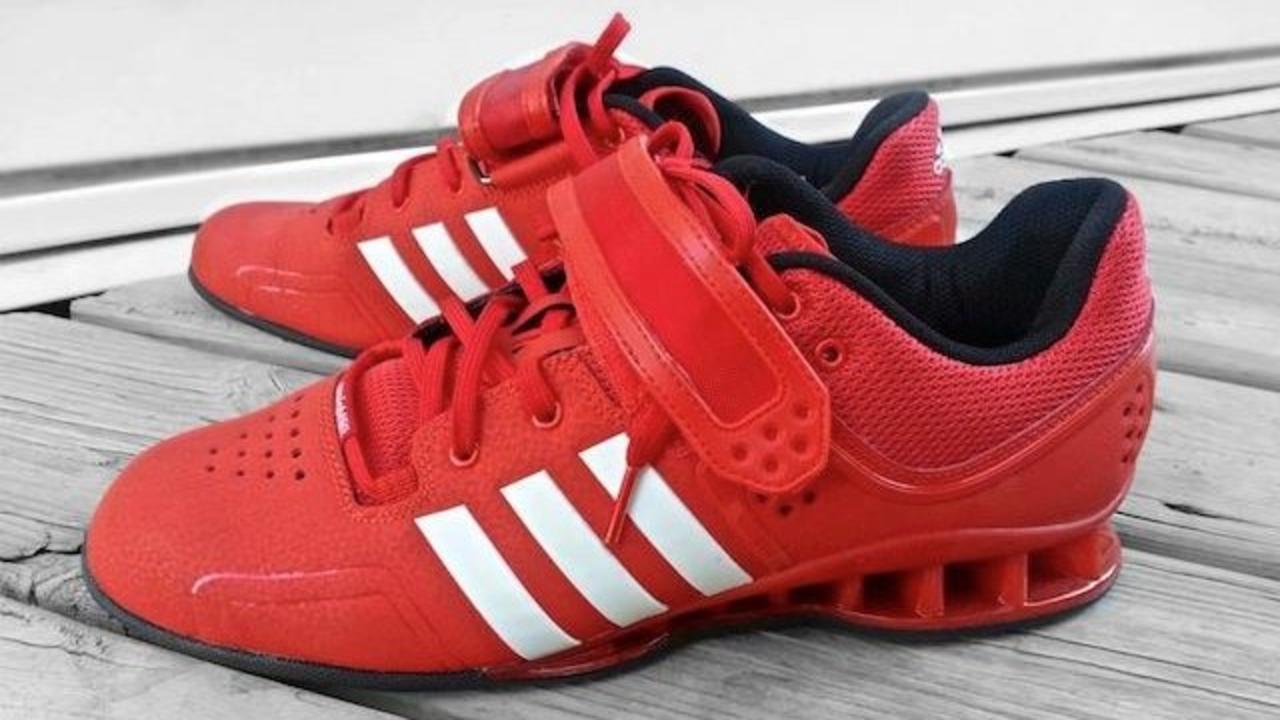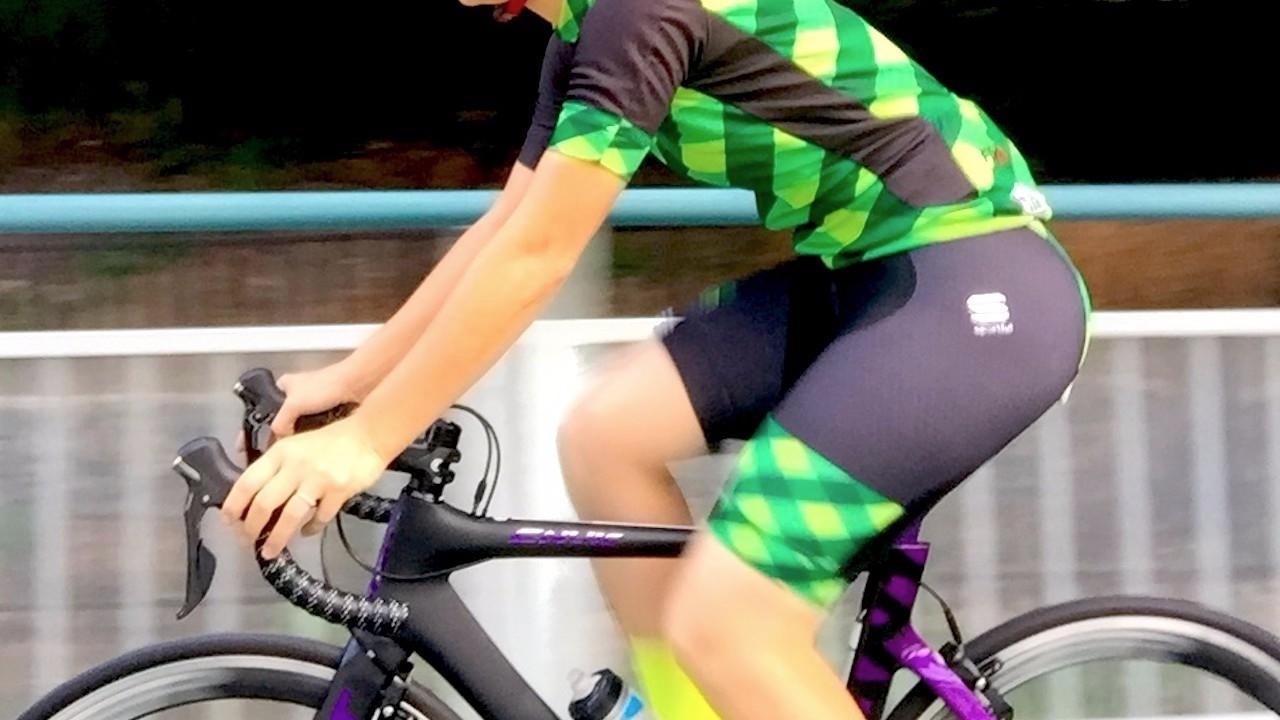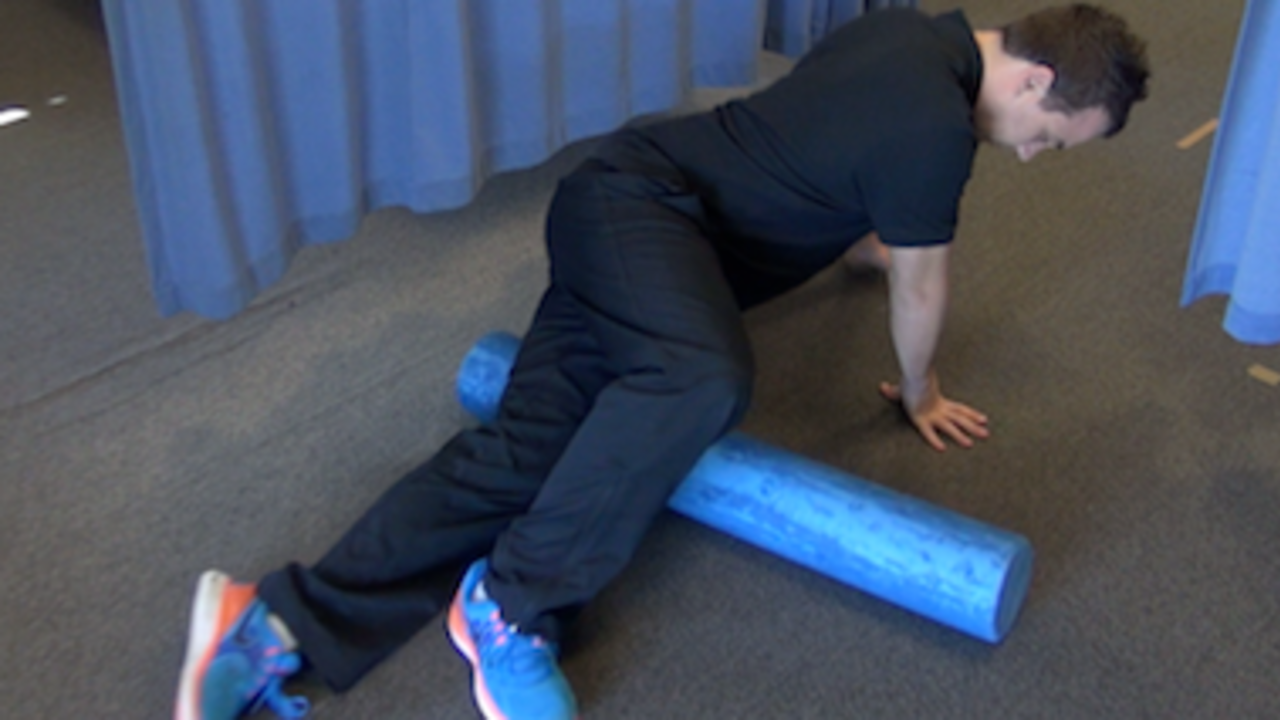Pedalling thoughts on Paper
Training Considerations for Middle Aged Track Cyclists

Are you a middle aged cyclist?
Have you ever wondered what areas you need to consider in your training once you hit middle age and beyond?
In this short video blog, our Physiological Performance An...
Why Cyclists Should Squat in Weightlifting Shoes

Often you'll see cyclists wearing weightlifting shoes in the gym, particularly the sprinters, but also endurance cyclists. Particularly following leading research around the benefits of strength & con...
How to Increase Your 'In The Saddle' Strength

With the natural progression and increases in gearing, coupled with the importance of aerodynamics, developing ‘in the saddle’ strength and power has never been so important.
We'll discuss the benefi...
The Best Core Exercises for Cyclists

Core strength and stability is crucial to cycling performance.
As a cyclist, you can spend up to hours a day in the saddle, whether that be out on the road or at the track.
Whilst it’s generally ass...
Cyclist's Worst Enemy - the ITB (Iliotibial Band)

It's the worst enemy of every cyclist...
The ITB - the Illiotibial Band
What is it?
And how can you release it to prevent injury and get the most out of your cycling?
The Illiotibial band is fib...
Glute Strengthening Exercises for Cyclists

Yes, strong legs are a trait of cyclist - and an important one.
But don’t forget the importance of your glutes!
We'll share with you now why glute strength is so important in cycling and offer a fe...

